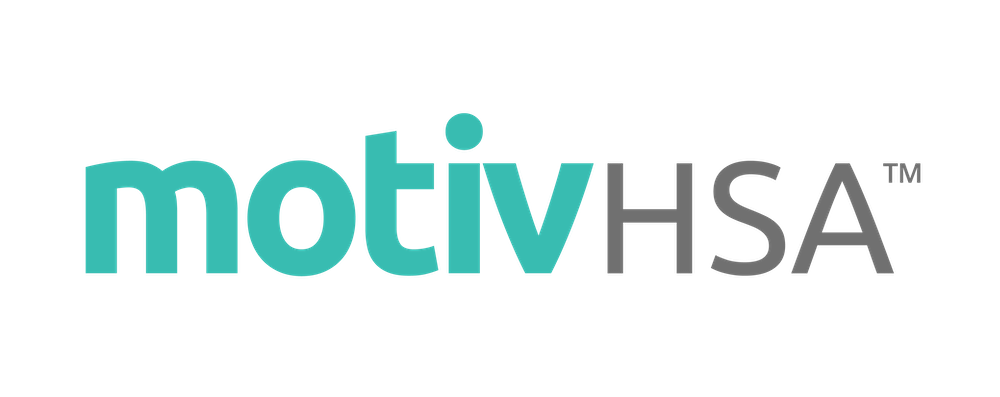Health Savings Accounts (HSAs) have gained significant popularity in recent years, thanks to their unique triple tax advantage. Understanding how HSAs work and the tax benefits they offer is crucial for individuals seeking to maximize their healthcare savings. In this article, we will delve into the triple tax advantage of HSAs and explore the tax-free contributions, earnings, and withdrawals associated with these accounts.
What is an HSA?
A Health Savings Account (HSA) is a tax-advantaged savings account designed for individuals covered by high-deductible health plans (HDHPs). These accounts allow individuals to set aside money on a pre-tax basis to cover qualified medical expenses, providing a powerful tool for managing healthcare costs.
Tax-Free HSA Contributions
One of the primary benefits of an HSA is the tax-free contributions. Individuals can contribute to their HSA on a pre-tax basis, reducing their taxable income for the year. For those who contribute through payroll deductions, these contributions are made before income and payroll taxes are calculated, providing an immediate tax benefit.
Additionally, individuals can make contributions directly to their HSA and deduct the contribution amount when filing their income taxes. The contribution limits are set annually by the IRS, and any contributions made within these limits offer the advantage of reducing the individual’s taxable income. For 2024 the contribution limit is $4,150 for individuals and $8,300 for family coverage.
Tax-Free HSA Earnings
Once funds are deposited into an HSA, they can be invested, allowing account holders the opportunity to grow their savings over time. The earnings generated within an HSA are tax-free, creating a significant advantage over traditional savings accounts.
Investment options within HSAs can include mutual funds, stocks, bonds, and other investment vehicles. The ability to earn interest or investment returns without incurring taxes on those gains is a valuable aspect of the triple tax advantage, contributing to the long-term growth of the HSA balance. MotivHSA offers three different investment platforms so you can invest your money in a way that’s right for you. Check out our pages on Self Directed ETFs, Managed Paths, and Brokerage Accounts to learn more about which platform is best for you.
Tax-Free HSA Withdrawals for Medical Expenses
Perhaps the most compelling feature of HSAs is the ability to make tax-free withdrawals for qualified medical expenses. Unlike other tax-advantaged accounts, such as Flexible Spending Accounts (FSAs), HSAs have no “use it or lose it” rule. Account holders can carry over unused funds from year to year, allowing for the accumulation of a substantial healthcare nest egg.
Qualified medical expenses include a wide range of healthcare costs, such as doctor visits, prescription medications, dental and vision care, and certain medical supplies. By using HSA funds for these expenses, individuals can enjoy tax-free withdrawals, providing a powerful financial tool for managing healthcare costs throughout their lives. Check out the HSA Store for a comprehensive list of qualified medical expenses.
The HSA Advantage
In summary, the triple tax advantage of HSAs makes them a powerful tool for individuals seeking to save for current and future medical expenses. With tax-free contributions, tax-free earnings, and tax-free withdrawals for qualified medical expenses, HSAs offer a unique combination of benefits that can contribute significantly to financial health and well-being. By understanding and leveraging the triple tax advantage of HSAs, individuals can make informed decisions to optimize their healthcare savings strategy.
Sources:

